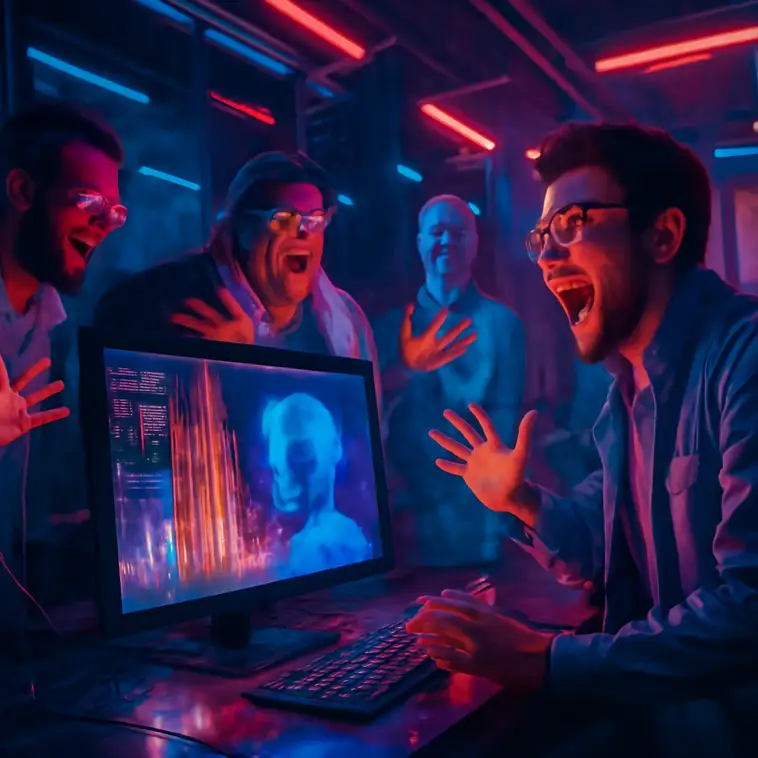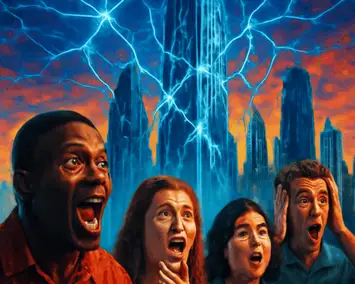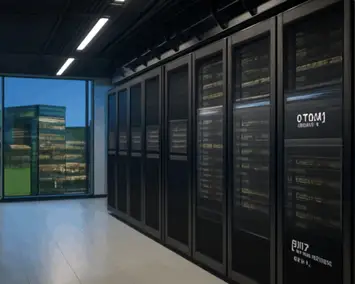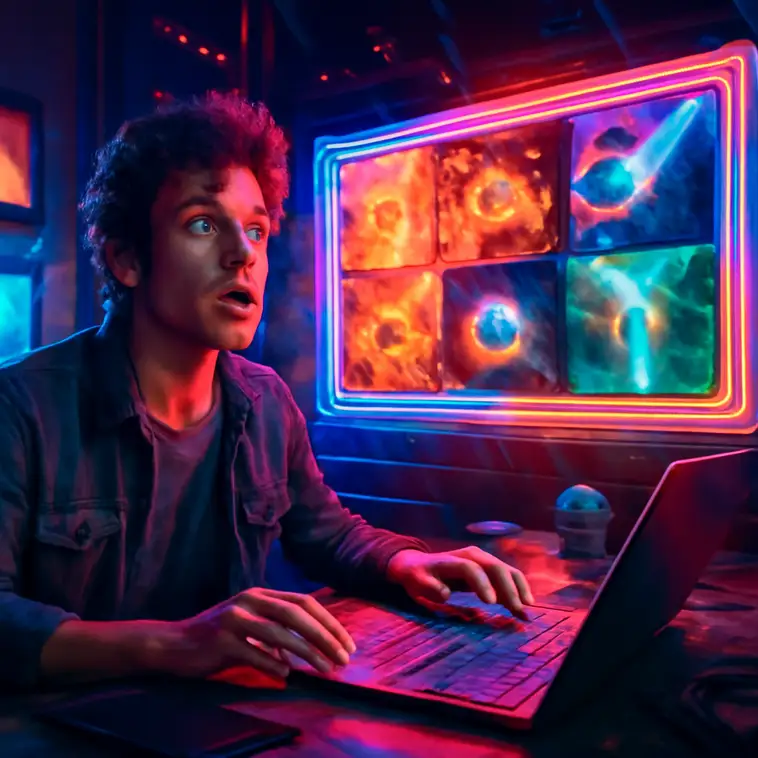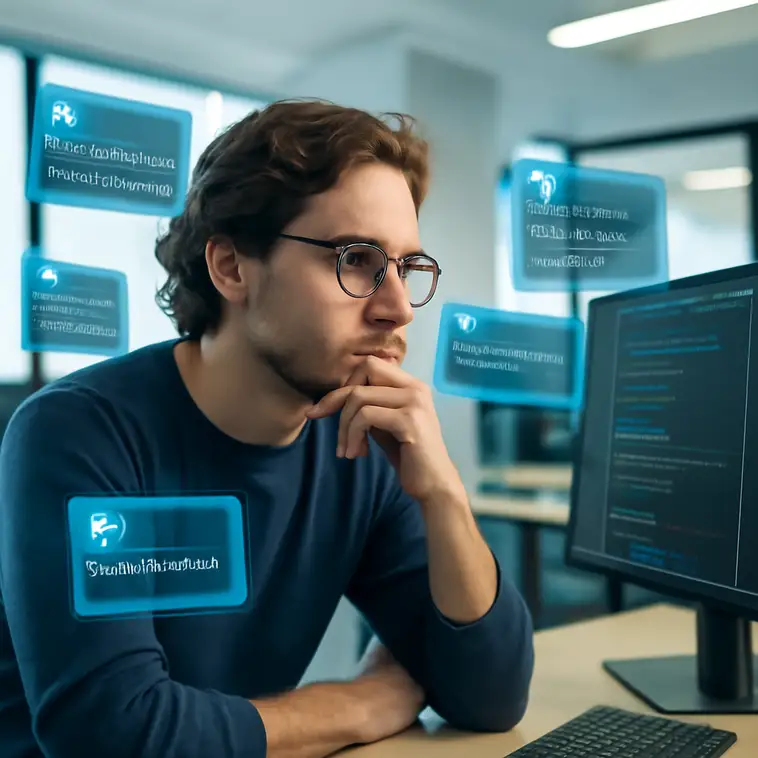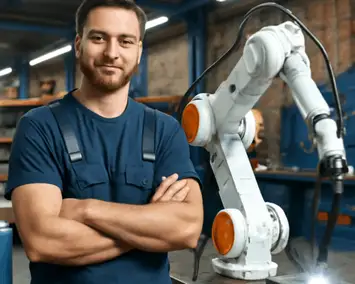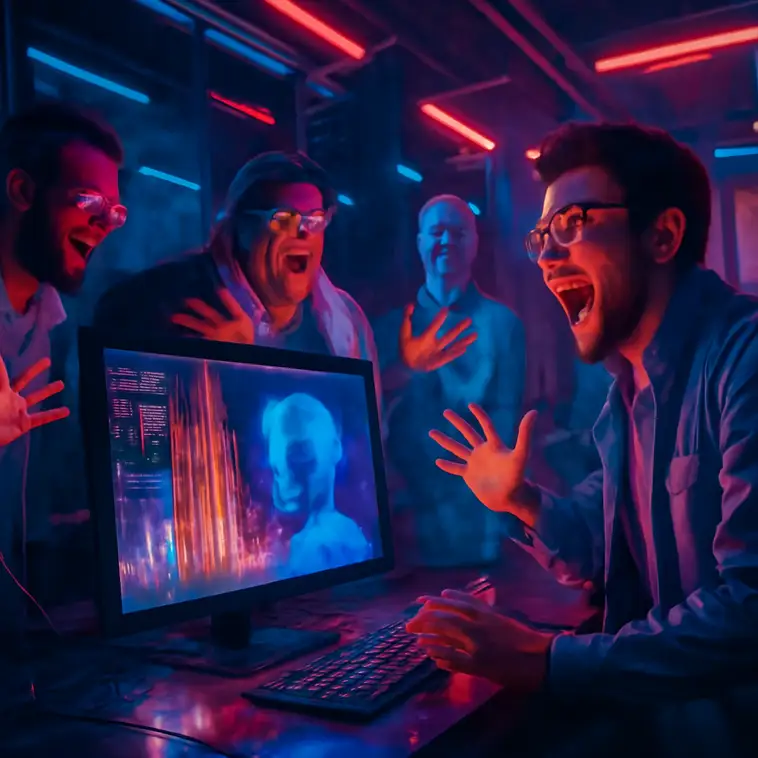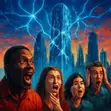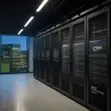TNG Technology Consulting has introduced DeepSeek-TNG R1T2 Chimera, a cutting-edge Assembly-of-Experts (AoE) model that combines speed and intelligence through innovative model integration techniques. This new release incorporates elements from three efficient parent models: R1-0528, R1, and V3-0324, to enhance the performance of large language models (LLMs). DeepSeek R1T2 proves highly efficient, surpassing its predecessors with a 200% speed increase over R1-0528 and a notable 20% performance boost compared to the original R1.
Traditional LLM processes, known for their resource demands during training and fine-tuning, have been reimagined by TNG’s AoE approach. By merging weight tensors at the base level of large Mixture-of-Experts (MoE) models, TNG saves computational resources, creating scalable, high-performing models without retraining. The architecture of R1T2 highlights a strategic mix of different expert tensors, optimizing performance while maintaining reasoning quality and efficient output tokenization—features critical for modern AI applications.
Benchmark tests reveal that R1T2 not only accelerates performance but also maintains high reasoning quality, although it slightly lags behind in raw intelligence compared to R1-0528. However, it excels in detailed benchmarks such as GPQA Diamond and AIME-2024/2025, greatly outperforming R1. The model’s intelligent design includes behavioral consistencies crucial for applications requiring methodical reasoning sequences.
R1T2’s public availability under the MIT License on Hugging Face positions it as an accessible tool for developers, supporting community-wide fine-tuning and adaptation efforts. Its real-world impact means significant efficiency in environments demanding swift AI functionality, and TNG already reports processing nearly 5 billion tokens daily via this model through their serverless Chutes platform.
Looking ahead, R1T2’s development paves the way for future experimentation in parameter space interpolation and modular LLM construction, potentially transforming the scalability and adaptability of AI models. Its release under an open-source license ensures widespread adaptability, encouraging innovation, and further development in AI technologies. As interest in more efficient, open, and customizable AI models grows, R1T2’s architecture and performance are likely to inspire further advancements in the field.
